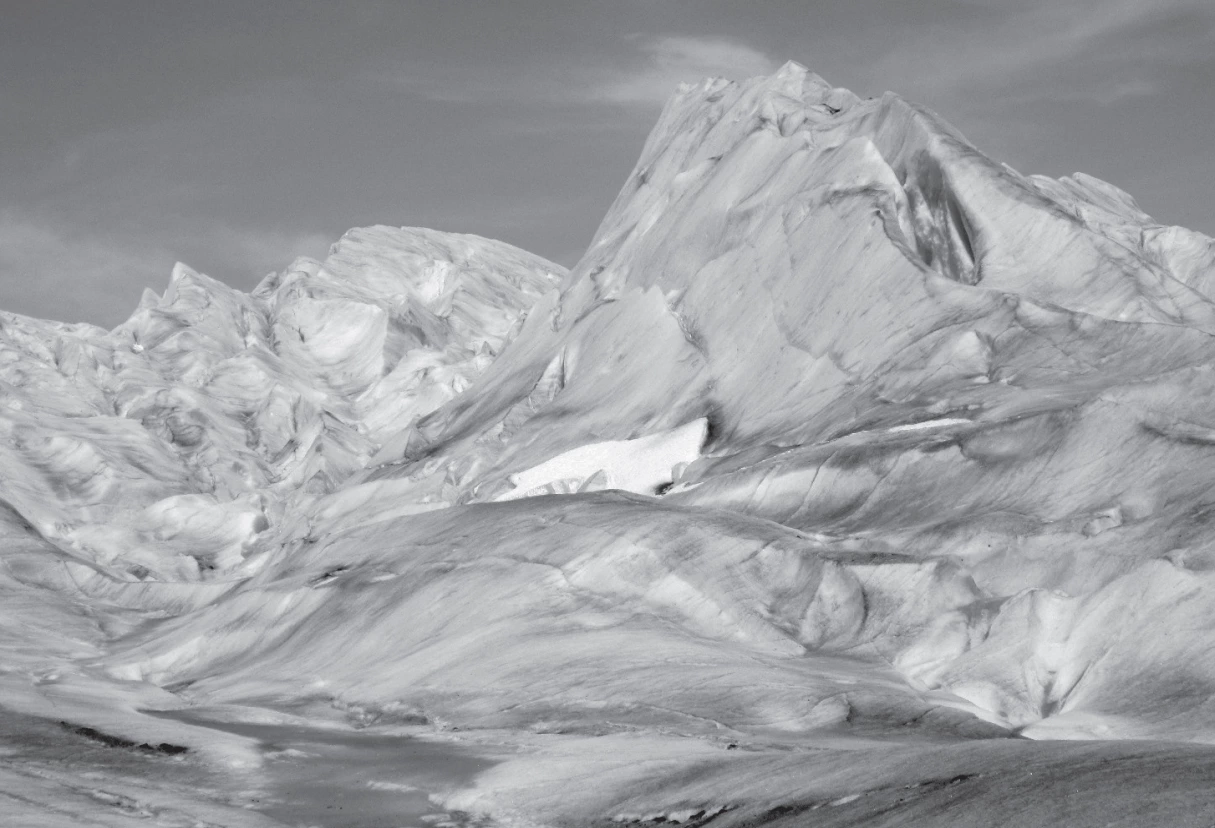Public Policy Review

The July 1 deadline for writing this column loomed over me as I looked forward to a late June visit to Alaska. I worried about when I would find the time to write and thought about column content. It’s been such an interesting Spring. After a one-year hiatus due to my 2012 sabbatical, I taught my Arizona Water Policy class to a great group of 14 diverse and questioning graduate students. Since our March conference on Water Security, I participated in some very productive international meetings and conferences, including a first-ever visit to China. The China visit offered some interesting insights and information. However, some new ideas began to take form as I traveled to Alaska on a seven-day cruise, my first trip to our 49th state. So, I offer these impressions and thoughts, which, as the paper stationary in my cruise ship says, are "written from sea".
Of course, there is "water, water, every where". So different from Arizona! Yet, there was a sign at the bathroom sink at the terminal for the Juneau helicopter tour noting, "Non-potable water. Do not drink!" I assume cost considerations had something to do with the non-potable quality of the sink water. It made me think about the discussions we’re having in our region regarding the sensibility (or should I say cents-ability?) of treating all the water used by homes and businesses to potable quality. Later in the trip, Kevin, our seaplane pilot pointed out his home in Ketchikan, noting with pride that he is not on "city water". His mentioning that had nothing to do with my being on the plane, as we had not had a chance to introduce ourselves. He later told me he got his water from roof catchments. This region is, after all, a rain forest. After the seaplane excursion to Misty Arms Fjords, I asked him about water quality. He does minor filtering for indoor use and uses the pitcher-type charcoal filters for drinking water.
I anticipated that there would be a strong water conservation ethic on board the cruise ship. After all, the ship is a large floating hotel, carrying or treating all the water used on board. Understandably, there was active concern about avoiding the spread of diseases. We all have read about the spread of norovirus on cruise ships. In the public bathrooms on board, there was a sign reminding you to "wash your hands frequently and thoroughly with soap for at least 20 seconds and rinse them well under running water". My first reaction was to think about all the water running down the drain while people washed their hands. You know how we caution people against running water while brushing their teeth. I found it interesting that in the mid-trip newsletter there were two entries related to this. The first was a reminder about washing one’s hands, except this time it left off the last three words from the sign, namely "under running water". Immediately below was an entry acknowledging that a growing number of "environmentally conscious passengers are choosing to conserve water…by refraining from unnecessarily leaving water running in their stateroom…Join them and help…protect our environment". This second message left me wondering why they did not include this message on the first day or every day. Water conservation should be something all of us practice.
It has also been interesting to see how climate change is addressed. Again, my information is anecdotal but interesting to me. As we rode to our Juneau helicopter excursion, the young van driver spoke of how they in the area do not believe in climate change. The main reason he gave was that some glaciers are gaining in size. It was exhilarating to land on a glacier and bend down and drink some running water. The more frequent comments had to do with how many glaciers are losing size. Without attributing causality, the pamphlet for Glacier Bay National Park notes how much farther up the bay you must travel to view the tidewater glaciers now, compared with when John Muir traveled there in 1879 and when Captain George Vancouver sailed there in 1795, 45 years after the Little Ice Age reached its maximum extent.
Water is just about everywhere you look in Alaska. Snow is melting, as you would expect at the beginning of summer, and waterfalls abound. Most readers have likely heard the expression, if a tree falls and no one is there to hear it, does it really make a noise? The question in my mind is if there were less fresh water in Alaska, would people living there notice? More than 730,000 people live in this vast state. There is so much water per capita, Alaskans likely find it hard to relate to the findings of the 2012 Colorado River Basin Water Supply and Demand Study. However, we residents of Arizona—at approximately 6.5 million and growing—must be vigilant stewards of our limited water resources.
And, as one must at the end of a vacation, I returned to Arizona in the midst of an oppressive heat wave. Like all, I hope for our summer thunderstorms. I also returned to the WRRC and submitted this column to newsletter editor Susanna Eden on July 1, my ninth anniversary as WRRC Director. I met the deadline!

